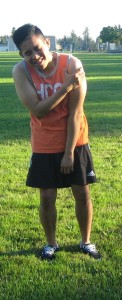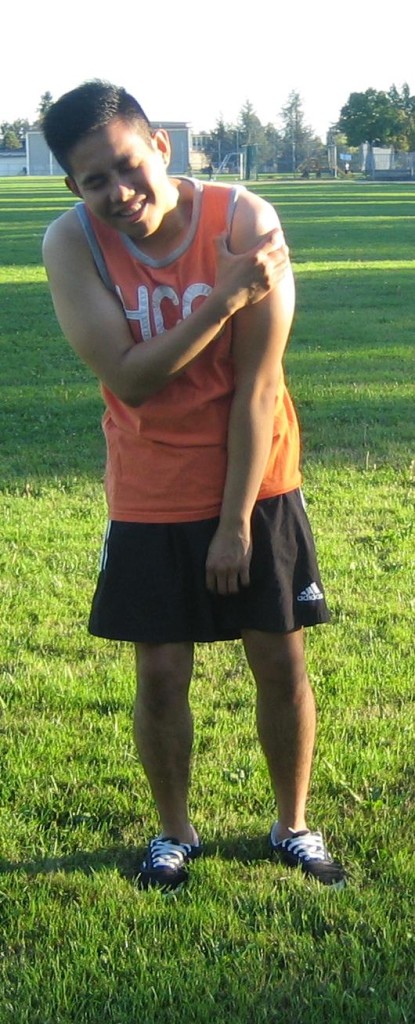Shoulder pain can be triggered by minor injuries, underlying health conditions or simply poor posture. There are certain conditions that cause shoulder pain that you should be familiar with.
What is frozen shoulder?
Frozen shoulder or adhesive capsulitis involves painful stiffness of the shoulder joint that affects activities that require full range of shoulder movement. This condition develops once there is thickening, swelling and tightening of the flexible tissue surrounding the shoulder joint.
An individual with frozen shoulder has difficulty performing daily tasks such as driving, dressing and sleeping comfortably. Some could not even move the shoulder at all. The symptoms can vary but typically advance at a slow rate.
Rotator cuff disorders

The rotator cuff is a group of muscles and tendons surrounding the shoulder joint. The rotator cuff is responsible in keeping the joint in the right position, thus allowing it to move in a controlled manner.
Bursitis and tendonitis
Rotator cuff tendonitis and bursitis are typically due to inflammation and irritation caused by a shoulder injury or overuse of the shoulder. Bursitis involves inflammation of a bursa while tendonitis involves inflammation of a tendon.
These conditions can affect sports or activities that require overhead lifting or throwing. In case there is any kind of injury to the shoulder joint, the bursa or tendon might end up inflamed. As a result, there is diminished space inside the joint for movement of the muscles and tendons.
Tears
A torn tendon or muscle can cause severe shoulder pain and even weakness in the shoulder and arm. Some might also feel a popping sensation if they attempt to move the shoulder.
Tears on the tendon are quite common among individuals over 40 years old. The tears affecting younger individuals are usually due to accidents. Among the elderly, tears are often triggered by the impingement syndrome.
Shoulder instability
The shoulder joint is described as a ball and socket joint. When it comes to shoulder instability, it occurs when the ball of the joint does not move properly in the socket. This can range from a slipping or catching sensation in the shoulder to a full shoulder dislocation in which the ball is thrusted out of the socket completely.
The indications of shoulder instability can be unclear. Individuals who have shoulder instability often describe the symptoms as similar to having a “dead arm” such as tingling, weakness, numbness and a clicking or popping sensation.
Acromioclavicular joint disorders
The acromioclavicular joint is located at the upper part of the shoulder. There are a number of conditions that affect this joint such as the following:
- Osteoarthritis which causes the joints to become stiff and sore.
- Partial or full dislocation of the acromioclavicular joint
- Tearing or overstretching of the ligaments in the acromioclavicular joint
These joint conditions are quite common among men between 20-50 years old. Those who play contact sports also face a higher risk for ending up with these conditions.

